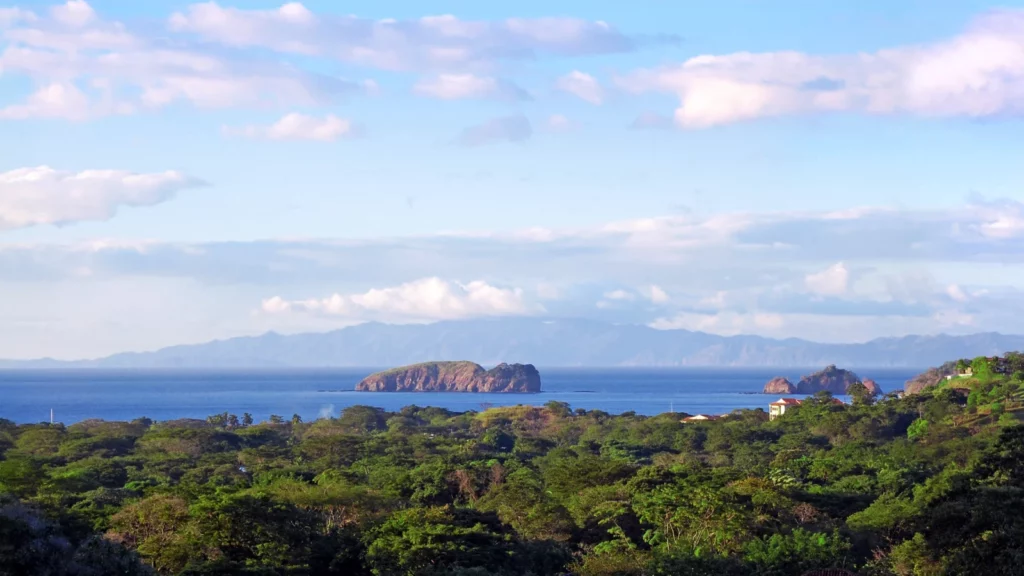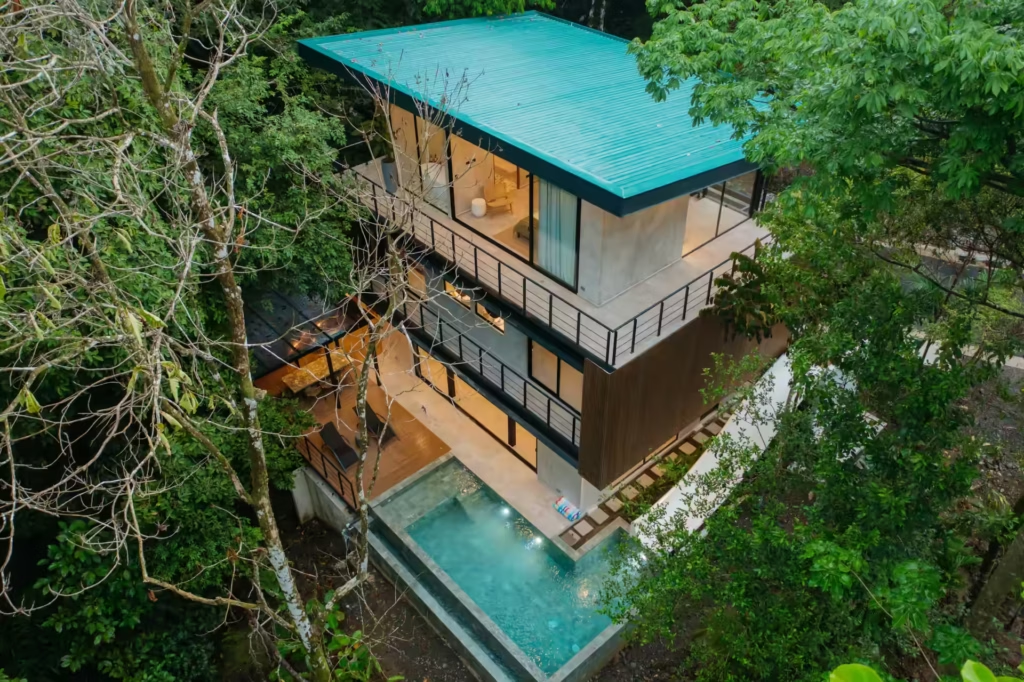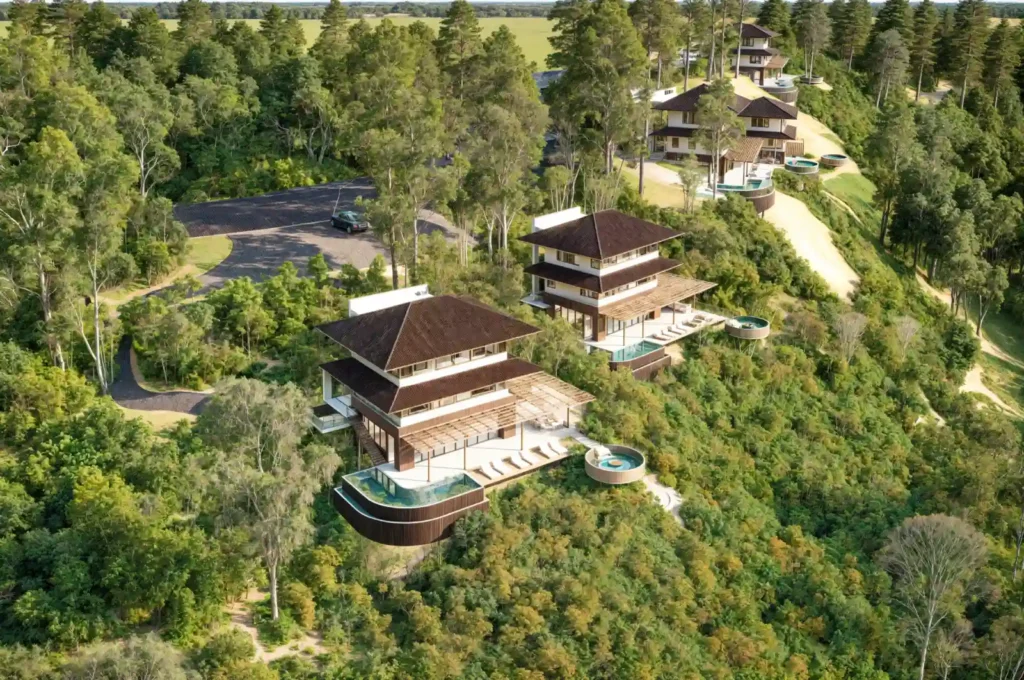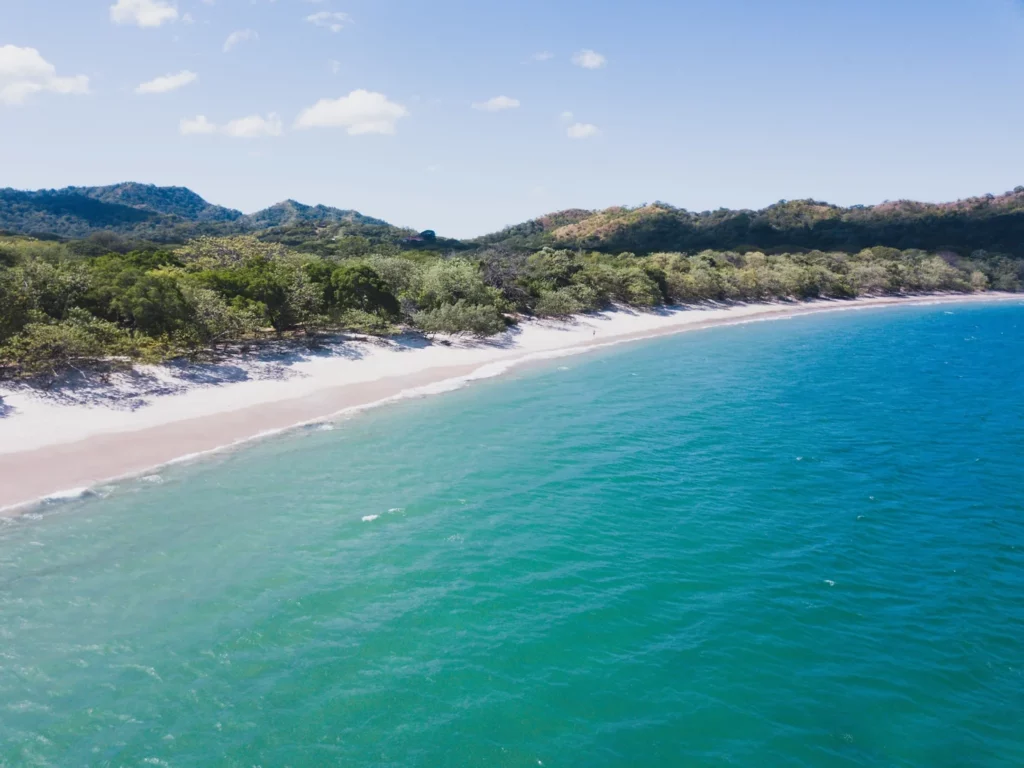February 2024 vs. February 2025 Vacation Rental Analysis
Costa Rica's vacation rental market continued changing between February 2024 and February 2025. Key performance indicators such as total listings, occupancy rates, average daily rate (ADR), and projected revenue, and the change between these factors February 2024 and February 2025. February saw increases year-over-year, but had notable decreases from the January 2024 vs January 25…
Jake Alexander
Real Estate and Investing Consultant

Costa Rica’s vacation rental market continued changing between February 2024 and February 2025. Key performance indicators such as total listings, occupancy rates, average daily rate (ADR), and projected revenue, and the change between these factors February 2024 and February 2025. February saw increases year-over-year, but had notable decreases from the January 2024 vs January 25 analysis.
Summary of Key Findings
- Total Listings: Overall, there was an increase in total listings in all locations analysed, with Costa Rica as a whole seeing a 15.44% increase. It’s also worth noting that no locations saw decreases in total listings, but, there has been a decrease in total vacation rental listings from January.
- Occupancy Rate: The occupancy was stable across all locations, with declines in a couple areas and no huge occupancy growth in any of the areas analysed.
- Average Daily Rate (ADR): The ADR fluctuated across locations with some locations seeing large increases, some seeing large decreases, and others saw no movement. This was the variable that increased the most sporadically.
Key Findings From Notable Locations
| Location | % Change in listings | % Change in occupancy rate | % Change in ADR ($) | % Change in revenue |
| Costa Rica | + 15.44% | – 5.18% | + 2.52% | – 2.79% |
| La Fortuna | + 23.83% | – 6.51% | + 17.42% | + 9.77% |
| Nosara | + 20.99% | – 12.00% | + 6.87% | – 5.95% |
| Tamarindo | + 13.79% | – 7.47% | + 13.88% | + 5.38% |
| Uvita | + 9.72% | + 1.86% | – 22.66% | – 6.04% |
Costa Rica’s vacation rental market saw an increase in total listings, but demand did not stay as strong as it was in 2024, which was predictable. In some locations, vacation rentals grew by more than 20%, yet occupancy declined sharply. It is clear some locations are receiving too many new rentals, making it harder for property owners to maintain steady bookings.
The impact on projected revenue clearly depended on the ability to increase prices and, recognising the demand for your location. Some locations, e.g. La Fortuna saw strong revenue growth by successfully increasing ADR while losing occupancy. La Fortuna saw a 17.42% ADR increase, leading to a 9.77% boost in projected revenue, despite occupancy falling by 4.65%.
Some regions experienced steep occupancy declines combined with aggressive ADR growth, which go hand in hand. In Nosara, listings grew by over 20%, but occupancy dropped 12% by far the largest across the areas analysed. This also led them to see a 5.95% decline in projected revenue. Prices increased by $30.27 dollars a night on average, combined with a large influx of new rentals, has decreased the projected average revenue.
Compare this to Uvita, which saw almost a 3% increase in Occupancy, but prices dropped by $22.66 dollars a night on average. This still led to a 6.04% decline in projected revenue. This highlights the importance of balancing competitive pricing with demand trends
Conclusion
The strongest performing locations were those that successfully balanced an increasing number of rentals with ADRs that increased enough for a drop in occupancy to not matter, for example La Fortuna. What we can conclude from this data is that 2025 is seeing many more properties entering the market, and some locations and rentals are struggling to keep up and compete. 2025 will probably also see less tourists, and therefore worse numbers in the vacation rental market.




